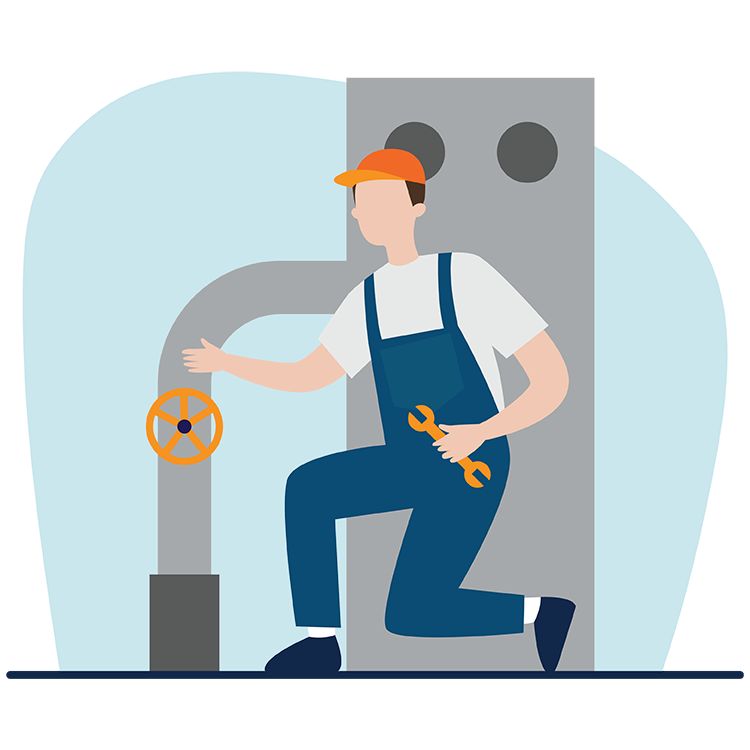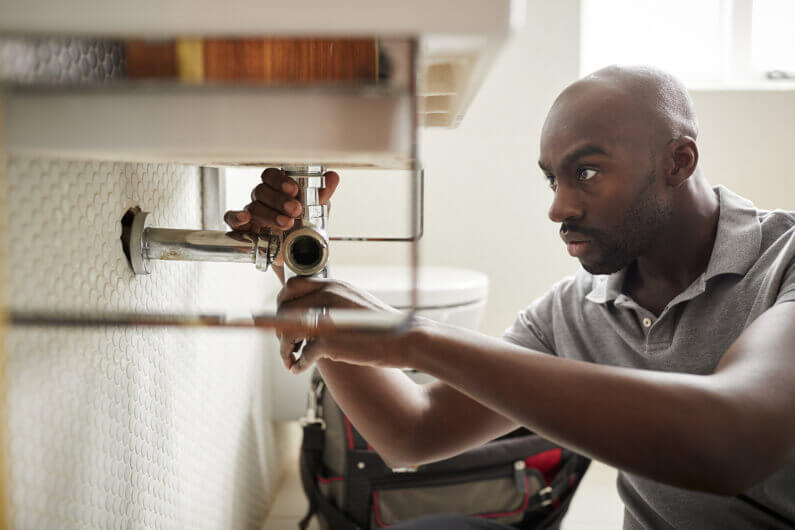Relied On Plumbing Services Alabaster AL for All Your Repair works
Relied On Plumbing Services Alabaster AL for All Your Repair works
Blog Article
A Step-by-Step Guide to Efficient Water Heater Installment for Optimum Efficiency
Getting started on the job of installing a water heating system is a venture that requires precision and an organized technique for achieving optimum performance. As you continue, the complexities of attaching water supply lines and setting up trusted electrical or gas connections await, encouraging understandings into making sure effectiveness and dependability.
Selecting the Right Hot Water Heater

Following, think about the size and ability of the hot water heater. It's essential to assess your home's warm water demands, which can vary based on the number of residents and their use patterns. A device that's also tiny might lead to insufficient hot water, while a large design could cause unneeded power intake.
Efficiency ratings also play a critical function in choice. Try to find hot water heater with high Power Variable (EF) rankings, showing exceptional efficiency and lowered energy usage. Tankless versions, though generally a lot more pricey upfront, offer considerable power financial savings over time because of their on-demand home heating capabilities.
Preparing the Setup Location
Prior to installing a new water heater, precise preparation of the installation area is important. This ensures a smooth installation procedure and aids protect against future complications (Plumber Alabaster AL). Begin by picking an ideal area that conforms with local building codes and safety and security requirements. The area needs to be completely dry, well-ventilated, and obtainable for maintenance. It's essential to measure the area thoroughly to accommodate the hot water heater's measurements, guaranteeing ample clearance around the unit for reliable procedure and servicing.
Following, remove any type of particles, dirt, or blockages from the site to produce a tidy setting. Check the floor for security, as the hot water heater will need a strong, level surface to run successfully. If required, set up a drip frying pan underneath the device to capture possible leakages or spills, preventing water damage to the surrounding area. In regions susceptible to seismic task, take into consideration mounting seismic bands to safeguard the heating system firmly in place.
Additionally, guarantee that all needed devices and products get on hand before beginning the setup. This includes products such as wrenches, screwdrivers, a level, and any type of extra hardware needed for installing and safeguarding the heating system. A well-prepared installment area sets the foundation for a successful water heater setup, optimizing efficiency and safety and security.
Connecting Water System Lines
When linking water system lines to your recently set up hot water heater, it is essential to guarantee that all connections are protected and check it out leak-free to maintain efficient procedure and protect against water damages. Begin by determining the hot and cold supply of water lines. The cool water inlet is generally marked with a blue label or a "C", while the hot water electrical outlet is noted with a Related Site red tag or an "H".
Usage adaptable water heating unit connectors to help with a much easier setup process. Prior to affixing the adapters, position a plumbing technician's tape around the threaded ends of the water heating system's inlet and outlet pipes.
When connections remain in location, gradually transform on the major water supply valve. Check each link for leakages by aesthetically examining and really feeling for dampness. Tighten up links as essential, and ensure the pressure relief valve is correctly installed, protecting against excessive pressure build-up.
Setting Up Electric or Gas Links
Effectively establishing up the electric or gas connections for your water heating unit is a vital step to make sure effective and secure operation. For electrical water heating systems, begin by verifying that the electrical circuit is compatible with the heating system's voltage and amperage demands.
For gas water heating systems, safety is extremely important. Connect the gas line to the water heating unit utilizing a versatile gas port, ensuring it is appropriately threaded and secured with pipeline joint compound or Teflon tape suitable for gas connections.
As soon as links are made, check for any kind of prospective leaks. For gas lines, apply a soapy water solution to the joints; bubbles indicate a leakage. For electrical links, confirm that all wiring is protected and properly shielded, preserving conformity with regional electric codes.
Checking and Adjusting for Effectiveness
With the electric and gas connections firmly in place, the following action is examining the operational effectiveness of your water heater. Begin by very carefully switching on the water system and ensuring there are no leakages at any of the valves or joints. As soon as confirmed, continue to fill the storage tank, taking notice of the pressure and temperature settings. It is a good idea to set the thermostat to a recommended temperature of around 120 ° F(49 ° C) to stabilize energy performance and comfort.
Next, perform an extensive assessment to guarantee the heating components or burner are working correctly. For electrical heating units, utilize a multimeter to validate if the components are drawing the appropriate existing. In gas versions, observe the burner flame; it needs to be stable and blue, suggesting efficient burning.
Change the settings as necessary to eliminate Get the facts inefficiencies. Consider applying insulation procedures, such as including a hot water heater covering, to better improve performance by reducing warm loss. Additionally, check the anode rod's condition, as a tatty pole can reduce performance and result in tank deterioration.
Final Thought
Effective water heater installment is vital for guaranteeing optimum efficiency and power savings. By selecting the proper type and dimension, and thoroughly preparing the installation location, a structure for success is established. Firmly linking water supply lines and meticulously establishing electric or gas connections decrease prospective issues. Detailed testing for leaks and exact thermostat adjustments to 120 ° F boost reliability and effectiveness. Complying with these actions promotes lasting functionality and power conservation in household water furnace.

Appropriately establishing up the electric or gas links for your water heater is a vital action to ensure safe and effective procedure. For electric water heaters, begin by confirming that the electric circuit is suitable with the heating system's voltage and amperage requirements. Connect the gas line to the water heater utilizing a flexible gas connector, ensuring it is correctly threaded and sealed with pipe joint compound or Teflon tape appropriate for gas links.
Report this page